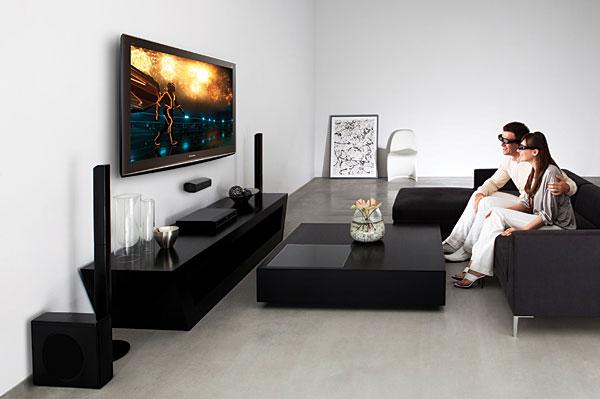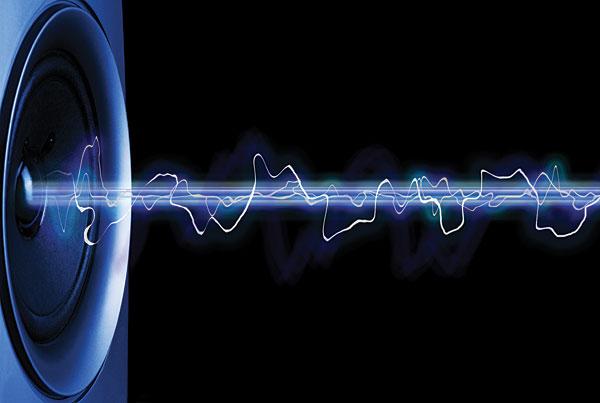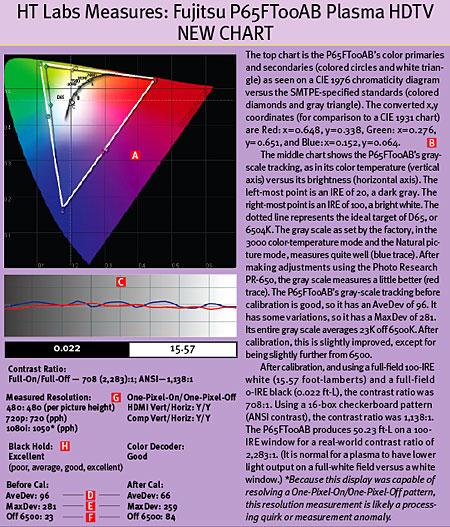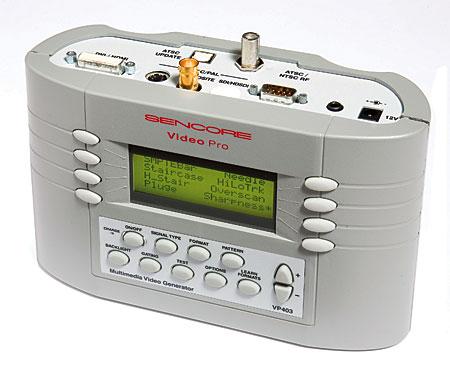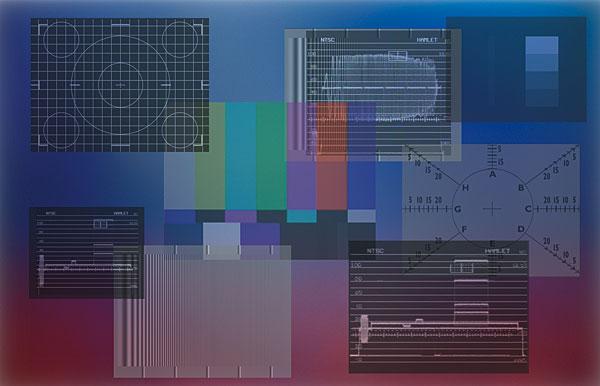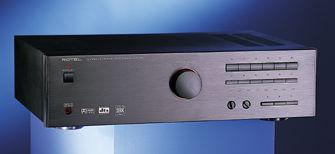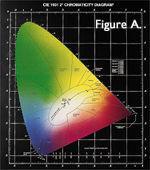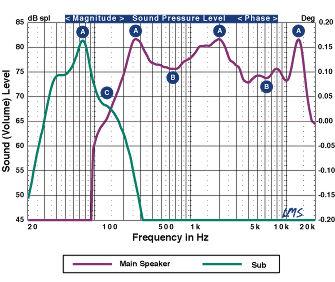How We Test
Sort By: Post Date TitlePublish Date
|
Jan 31, 2001 |
First Published: Feb 01, 2001
|
Jan 18, 2001 |
First Published: Jan 19, 2001
|
Nov 29, 2000 |
First Published: Nov 30, 2000
|
Oct 27, 2000 |
First Published: Oct 28, 2000
